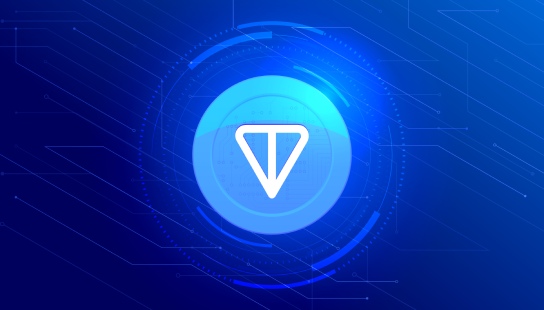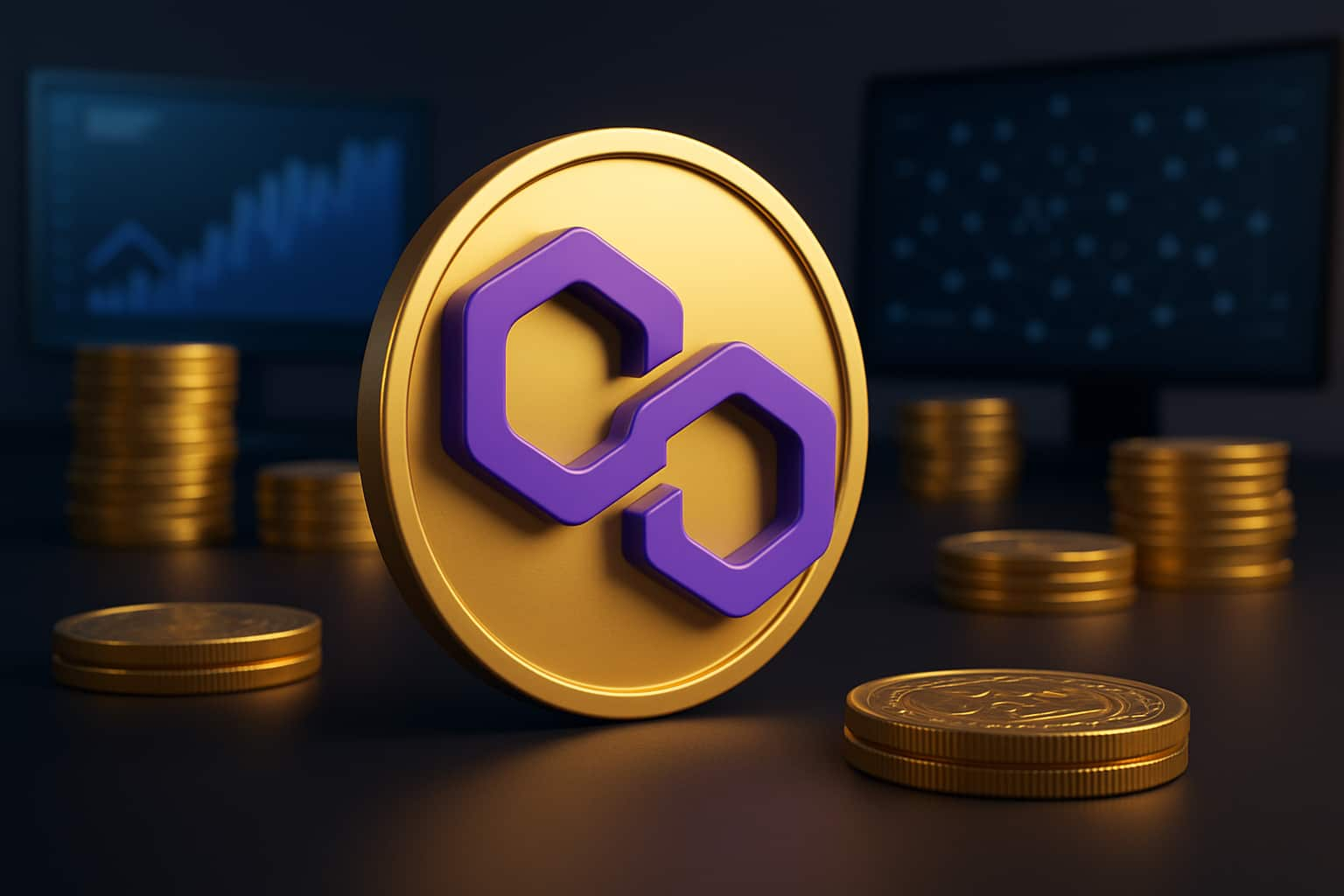-
The Telegram Open Network (TON), now simply known as The Open Network, represents one of the most ambitious attempts to create a highly scalable, fast, and user-friendly blockchain platform. Originally conceived by the founders of the popular messaging app Telegram, TON aims to bring blockchain app development to the masses by integrating seamlessly with communication tools, financial services, and everyday applications. Although Telegram itself withdrew from direct involvement due to regulatory hurdles, the project has continued under the stewardship of the open-source community and the TON Foundation.
In this comprehensive guide, we'll delve into the origins of TON, its core technical architecture, consensus mechanisms, ecosystem components, use cases, and the current state of the project. By the end, you'll have a thorough understanding of why TON is considered one of the most innovative and promising blockchain platforms.
Origins and Background
The Vision Behind TON
The idea for TON was first revealed in late 2017 by Telegram's founders, Pavel and Nikolai Durov. Their vision was to leverage Telegram's large, tech-savvy user base to drive the adoption of a next-generation blockchain. Unlike many existing blockchains that struggled with scalability, high fees, and slow transaction speeds, TON aimed to deliver:
High Throughput and Low Latency: Support millions of transactions per second (TPS) and achieve near-instant confirmations.
Low Fees: Provide microtransactions at minimal cost, enabling use cases like micropayments and in-app purchases.
User-Friendly Experience: Integrate with Telegram's user interface and simplify blockchain interactions for non-experts.
The Regulatory Setback
Telegram initially raised over $1.7 billion in a private Initial Coin Offering (ICO) for the project's native token, “Gram.” However, in 2020, the U.S. Securities and Exchange Commission (SEC) challenged the legality of this offering. Under legal pressure, Telegram stepped back, returning funds to investors and transferring control of the TON codebase to the community. This transition marked the end of Telegram's direct involvement and the birth of a community-driven project now simply called The Open Network.
You may also like | Telegram Mini Apps vs. Telegram Bots : Exploring the Key Differences
Core Technical Architecture
TON's architecture is designed from the ground up to support large-scale, decentralized applications (dApps) and services. It adopts a multi-blockchain design featuring multiple sub-chains governed by a masterchain.
Multi-Blockchain Structure
TON uses a “blockchain of blockchains” model:
Masterchain: The main chain overseeing network parameters, validator management, and the global state. It records essential data like smart contract code and configurations.
Workchains: Parallel blockchains that handle different types of transactions or host different ecosystems. Each workchain can have its own rules, tokenomics, and virtual machines.
Shardchains: Each workchain is further divided into shardchains (shards) to improve throughput. Sharding splits network load, allowing the system to process transactions in parallel and achieve very high TPS.
This hierarchical structure is designed to ensure that TON can dynamically scale as demand grows.
Instant Hypercube Routing
The TON Network introduces a unique routing mechanism to achieve efficient cross-shard and cross-workchain communication. Known as Hypercube Routing, it allows messages and data to be transferred quickly between different shards and workchains, minimizing latency and congestion.
Virtual Machine and Smart Contracts
At the core of TON's programmability lies the TON Virtual Machine (TVM). The TVM is responsible for executing smart contracts, supporting a flexible and expressive programming environment. Smart contracts on TON can be written in languages that compile down to TVM bytecode, enabling developers to build complex dApps such as decentralized exchanges, lending platforms, and identity solutions.
Merkle Proofs and Compact Data Structures
TON employs advanced data structures and cryptographic techniques like Merkle proofs to ensure data integrity, efficient state representation, and fast block validation. Compact proofs and clever use of Merkle trees enable lightweight clients and reduce overhead on validators and users.
Also, Read | Top 7 Use Cases of Telegram Mini Apps
Consensus Mechanisms and Security
Proof-of-Stake (PoS) with Byzantine Fault Tolerance (BFT)
TON's consensus mechanism is based on a Proof-of-Stake model combined with a Byzantine Fault Tolerant (BFT) protocol. Validators stake tokens to secure the network and produce/validate blocks, receiving rewards for honest participation and risking slashing penalties for malicious behavior.
The BFT consensus ensures that the network can tolerate a subset of validators acting dishonestly without compromising the overall integrity. This approach achieves finality within seconds, providing fast transaction confirmations and resistance to double-spending attacks.
Dynamic Sharding and Load Balancing
One of TON's key innovations is the ability to dynamically split or merge shards based on real-time network load. If a shard becomes too congested, it can be split into two shards, distributing the transaction load. If two shards become under-utilized, they can merge to conserve resources. This flexibility ensures consistent performance and avoids bottlenecks.
Also, Explore | Develop Your Own Telegram Mini Apps : A Step-by-Step Guide
TON Ecosystem Components
TON DNS (Domain Name System)
To improve user experience, TON includes a blockchain-based DNS system, allowing human-readable names to be mapped to wallets, services, and smart contracts. Instead of dealing with complex hexadecimal addresses, users can interact with simple, memorable names, making adoption easier.
TON Payments and Micropayments
TON's low transaction fees and high throughput enable seamless micropayments. Businesses and developers can integrate these payments into social media apps, content platforms, and IoT devices, creating monetization models that were previously impractical due to high fees and slow transaction times on legacy blockchains.
TON Storage
The TON ecosystem is not limited to transactional data. TON Storage is a distributed file storage layer that can store large amounts of data securely and redundantly. This feature allows dApps to host content, media files, and application logic off-chain while maintaining provable integrity and availability.
TON Proxy
TON Proxy introduces a built-in privacy layer for the network. By routing traffic through decentralized proxy nodes, users can enjoy enhanced privacy and circumvent censorship, making the network more resilient and accessible.
Also, Check | Top 7 Most Popular Telegram Crypto Trading Bots in 2024
Use Cases and Potential Applications
Social Messaging and In-App Economies
TON's original vision was to integrate with Telegram, enabling features like user-friendly crypto wallets, tipping functionalities, and the tokenization of digital assets directly within a messaging platform. While Telegram is no longer directly involved, third-party developers can still build messaging apps, social networks, and communication platforms leveraging TON's scalability and low fees.
Decentralized Finance (DeFi)
DeFi platforms such as decentralized exchanges (DEXs), lending protocols, stablecoins, and yield optimizers can thrive on TON. Its high-speed, low-cost environment is ideal for financial applications that demand near-instant settlements and predictable fees.
Gaming and NFTs
TON can support a robust NFT ecosystem, enabling developers to create games and virtual worlds with unique digital assets, collectibles, and tokens representing in-game items. With low latency and scalable throughput, TON can handle the transaction volumes required by popular gaming platforms.
Enterprise and Supply Chain Solutions
Enterprises can deploy private or consortium-based workchains within TON, customizing consensus rules and permissions. Supply chain tracking, identity verification, and document notarization are some of the enterprise use cases that can benefit from TON's modular and flexible infrastructure.
Also, Read | A Comprehensive Guide to Triangular Arbitrage Bots
The TON Token and Economics
TON Crystal (TON) Token
Originally known as “Gram” during Telegram's involvement, the network's primary token now is the TON Crystal, used to pay transaction fees, secure the network through staking, and participate in governance. The token economy is designed to incentivize long-term network stability, encourage validator participation, and facilitate decentralized decision-making.
Governance and Community
Without Telegram's direct oversight, the TON ecosystem is now governed by the TON Foundation and an open community of developers, validators, and token holders. Governance decisions, such as protocol upgrades, are proposed, discussed, and voted upon transparently, ensuring that the direction of the network aligns with its stakeholders' interests.
Current State and Future Outlook
Post-Telegram Era
Despite the setback with the SEC and Telegram's official withdrawal, the open-source community kept the project alive. The TON Foundation, formed by early supporters and contributors, now steers development, ensuring that TON's original ideals—speed, usability, and scalability—are realized.
Ongoing Development and Roadmap
Developers continue to refine TON's codebase, integrate advanced features like zero-knowledge proofs, and improve tooling for dApp creation. Interoperability solutions are being explored to connect TON with other ecosystems, unlocking cross-chain liquidity and services.
Adoption and Partnerships
As TON matures, more projects are expected to build on it. Partnerships with exchanges, wallets, and infrastructure providers will solidify its position in the blockchain landscape. Over time, user-friendly apps that mask the complexity of blockchain interactions may bring millions of new users into the TON ecosystem.
Also, Check | Build a Crypto Payment Gateway Using Solana Pay and React
Challenges and Considerations
Regulatory Environment
The initial legal challenges with Telegram underscore the importance of compliance. TON participants must navigate complex regulatory landscapes as they roll out new services and token offerings, ensuring that the network can grow without constant legal friction.
Competition in Layer-1 Space
TON faces stiff competition from other Layer-1 blockchains optimized for speed and scalability (e.g., Solana, Avalanche, Near). TON's success will depend on its ability to attract developers, build compelling dApps, and maintain a unique value proposition.
Security and Auditing
As with any blockchain, rigorous security audits, bug bounties, and a vigilant developer community are essential to maintaining trust. Ensuring that the code and consensus mechanisms remain robust and secure is paramount.
Conclusion
The TON blockchain stands as a testament to the ambition of integrating blockchain technology deeply into the fabric of our digital lives. Designed to handle massive throughput, provide user-friendly interfaces, and support a versatile range of applications, TON aims to lower the barriers that have hindered mainstream blockchain adoption.
While the regulatory challenges that forced Telegram's exit reshaped the project's trajectory, the community-driven revival has given TON a second life—one driven by open collaboration and decentralized governance. As it continues to evolve, TON has the potential to become a leading platform for global payments, decentralized services, and digital asset management, ultimately fulfilling its early promise to bring secure, scalable blockchain infrastructure to everyday users. If you are looking to develop your project leveraging TON blockchain, connect with our skilled blockchain developers to get started.

Our Offices
INDIA
Emaar Digital Greens, Sector 61,
Gurugram, Haryana
122011.
Welldone Tech Park,
Sector 48, Sohna road,
Gurugram, Haryana
122018.















